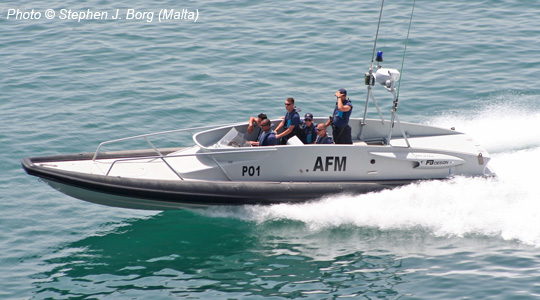The Rapid Action Battalion (Rab) will be provided with two BELL 407 helicopters in October next year, allowing the elite force to carry out air surveillance and move fast to track criminals.
The Bell 407 is a four-blade, single-engine, civil utility helicopter. It is frequently used for corporate and offshore transport, as an air ambulance, law enforcement, electronic news gathering and movie making.
“The elite force, now having two-dimensional capacity –– land and water -- needs to be three dimensional in operation to properly carry out its job as the anti-crime force,” says a Rab official.
Rab officials hoped that with the commissioning of the two BEL 407 helicopters, the elite force’s capacity in anti-crime drives will be strengthened further.
Talking to UNB, Director (Media and Legal wing) of Rab Headquarters Commander Mohammad Sohail said a proposal for procuring the helicopters was put forward in 2005. “The government then allocated funds in national annual budget every year to procure the helicopters, but the agreement could not be signed for various reasons,” he said.
Finally, Commander Sohail said, the government signed a Tk 57 crore deal with BEL Asiaprivate Limited, a Singapore-based company, in June last year to procure two BEL 407 helicopters. According to the agreement, the delivery of the helicopters will be made by June 2012.
He said the helicopters are being now assembled in Singapore. “We’re expecting those to be delivered at the end of September 2012. Those could be put into operation in October next.”
The helicopters, seven seated each, would be able to fly for three hours at a stretch at 240-250 kph. There will be special arrangements to carry dog squads in the helicopters.
Rab will sign an agreement with the Bangladesh Air Force for the maintenance of the helicopters. Besides, eight RAB officials will be sent abroad for on 6-8 weeks’ training in August next year.
Commander Sohail said with the commissioning of the two helicopters, Rab members could be sent fast to any parts of the country to tackle terrorists or militants apart from providing support.
“It’ll also be effective for air surveillance and airlifting wounded persons to hospitals from remote areas,” he said.
Under the command of the Inspector General of Police (IGP), the elite force consists of members of the police, Army, Navy, Air Force, Border Guard Bangladesh and Ansar. It was formed on 26 March 2004 and started its operations on March 26 in 2005. Since then, the anti-crime force arrested over one lakh criminals, including militants and extremists. It also recovered 10,000 firearms of which 90 percent were made in foreign countries, Sohail said.
He said it also recovered 5,000 grenades, bombs and cocktails, and 500 kgs of explosives.
But the anti-crime and anti-terrorism unit of the police came under fire by human rights groups for extra-judicial killing in the name ‘crossfire’.












